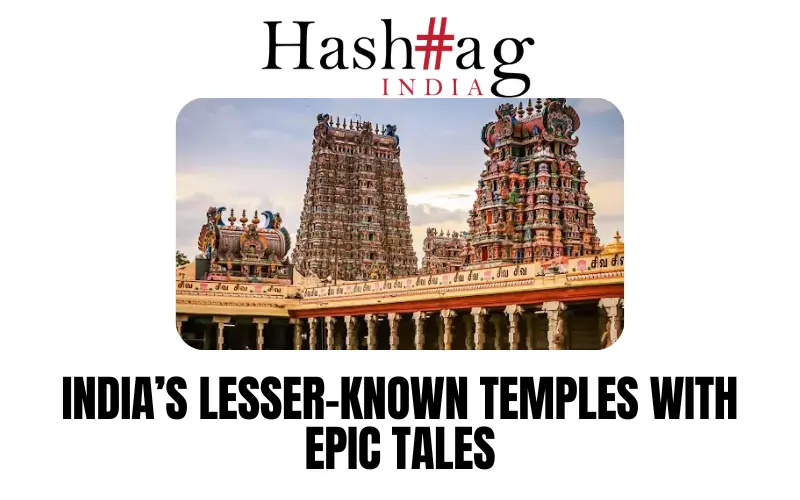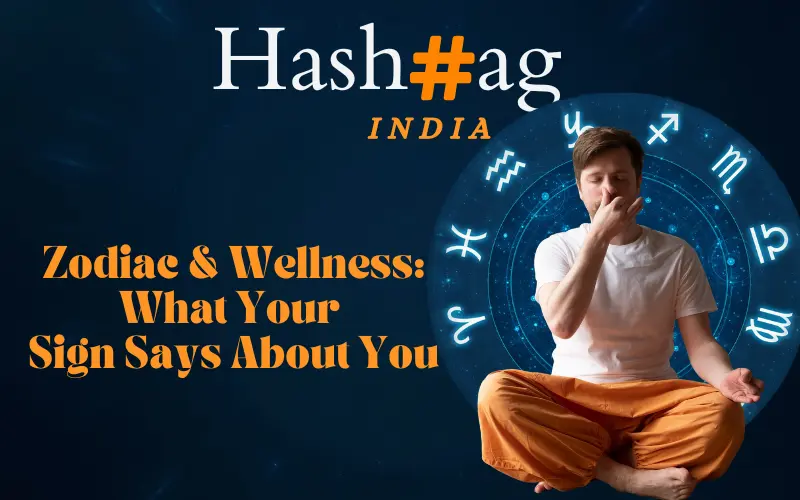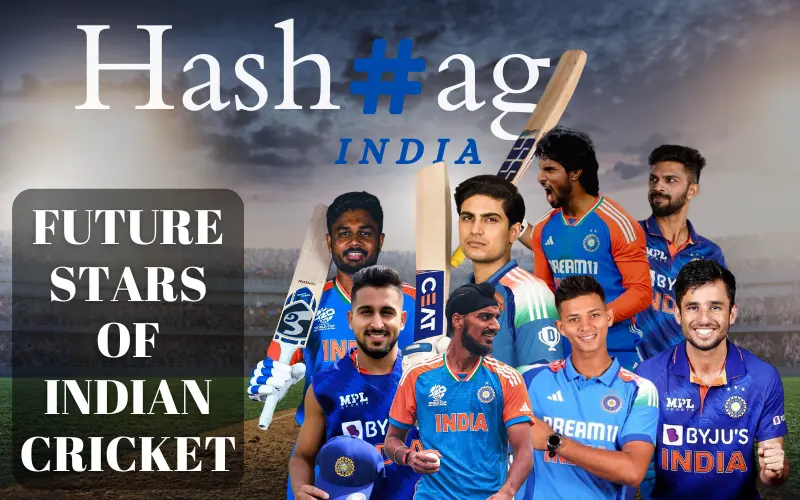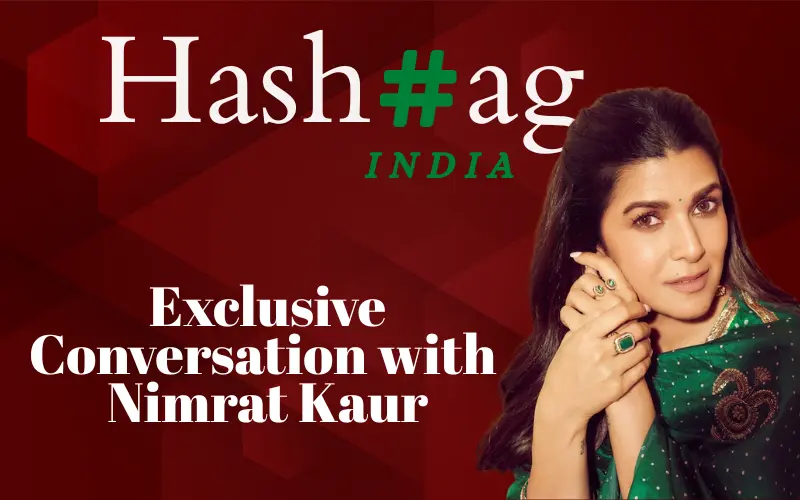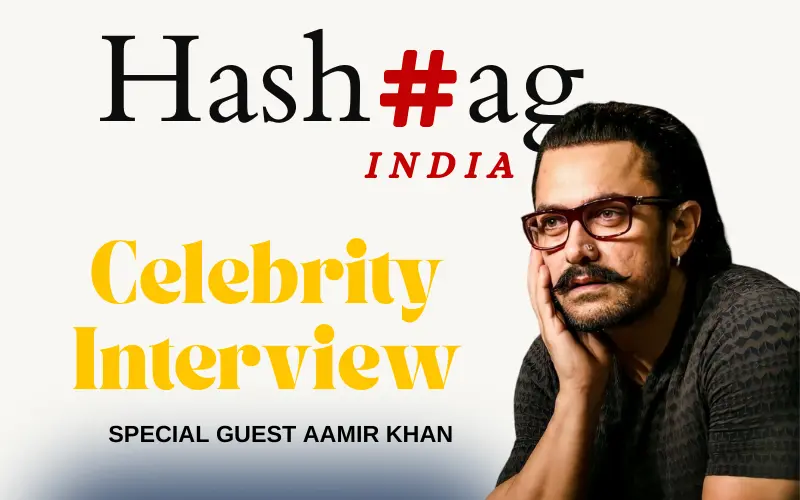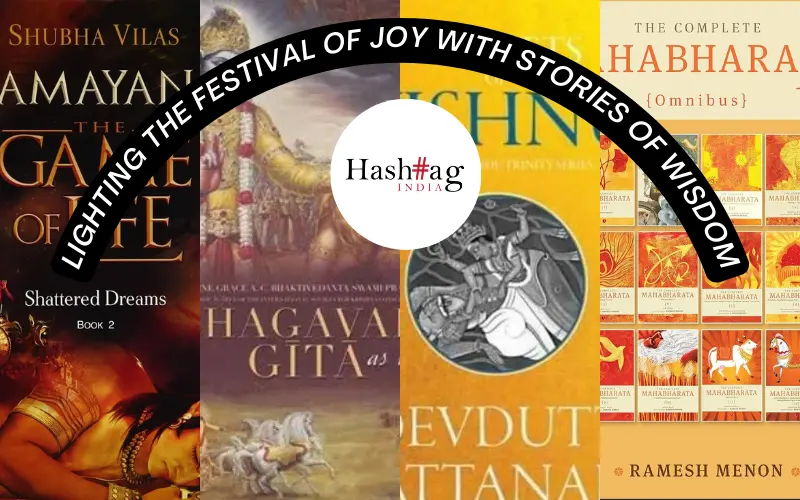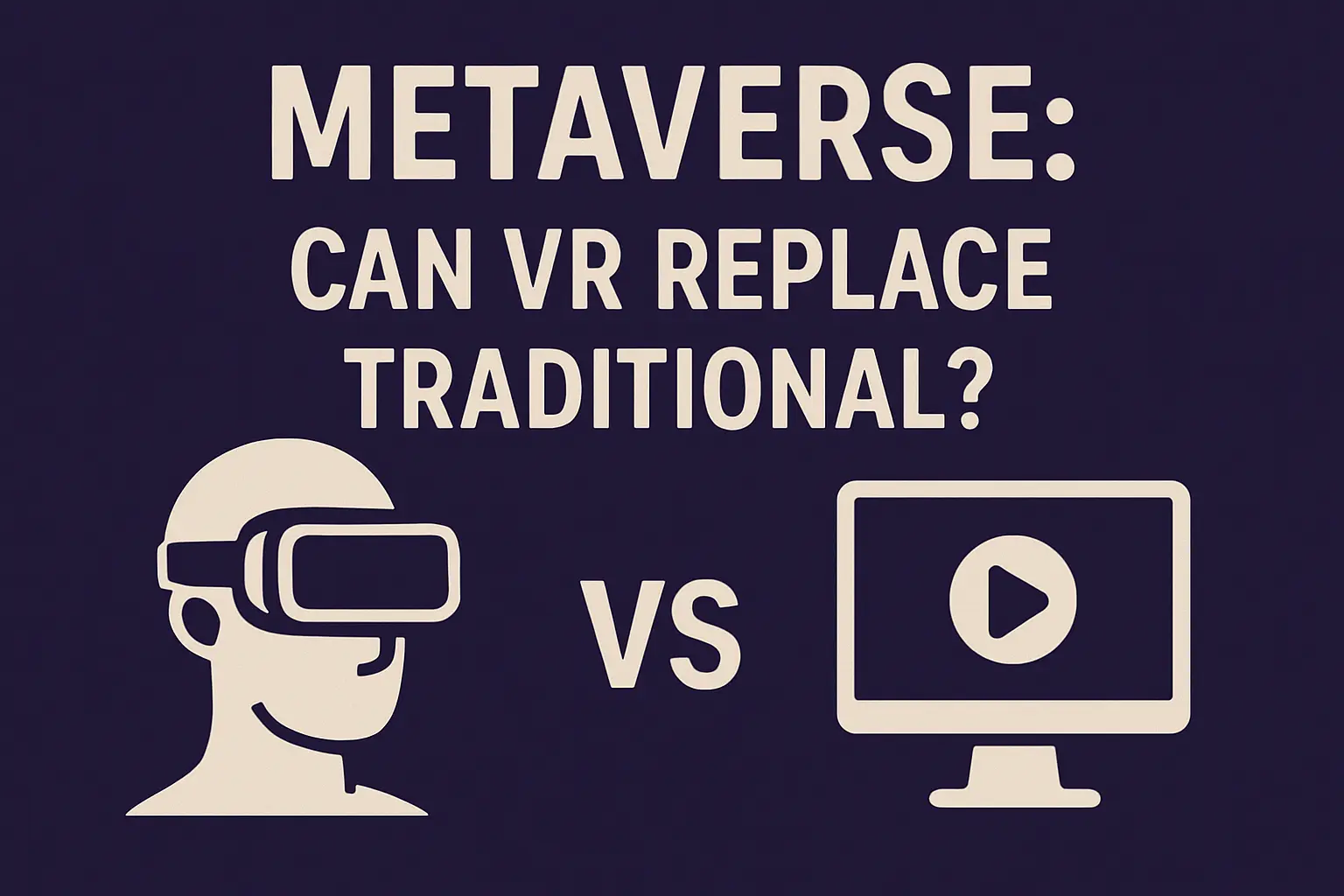The Statue of Equality and the 108 Divyadesams celebrated their third anniversary with grandeur. The 11-day Samatha Kumbh festivities commenced on February 9, 2025, with a ceremonial abhishekam to the Golden Ramanuja. The celebrations honored Sri Ramanujacharya Swamy’s legacy, promoting unity, equality, and social justice through processions, educational sessions, and cultural events.
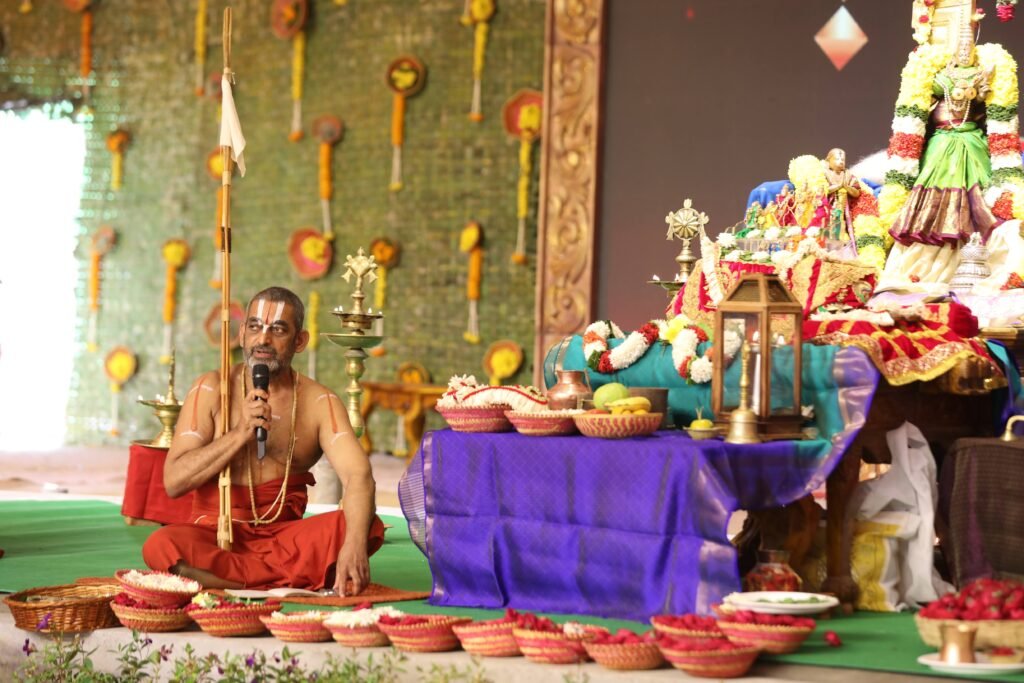
The third anniversary celebrations of the Statue of Equality and the 108 Divyadesams commenced on February 9, 2025, with a ceremonial abhishekam, or divine shower, to the Golden Ramanuja. This sacred ritual was performed under the guidance of His Holiness Chinna Jeeyar Swamiji, marking the beginning of the 11-day Samatha Kumbh festivities.
The Samatha Kumbh festivities, held annually, begin on the Ardra star, the birth star of Sri Ramanujacharya Swamy, during the month of Magha. This year’s celebrations were marked by a grand procession, the Samatha Yathra, which stretched from Necklace Road, Tankbund to the Statue of Equality in Muchintal. Over 100 buses participated in this sacred procession, symbolizing unity and a shared purpose.
Before the procession, a powerful walk was organized, with 5,000 participants from all walks of life. The march began at the Statue of Dr. Ambedkar and concluded at People’s Plaza. HH Chinna Jeeyar Swamiji offered a garland to Dr. Ambedkar’s statue, emphasizing the message of equality championed by Sri Ramanujacharya Swamy.
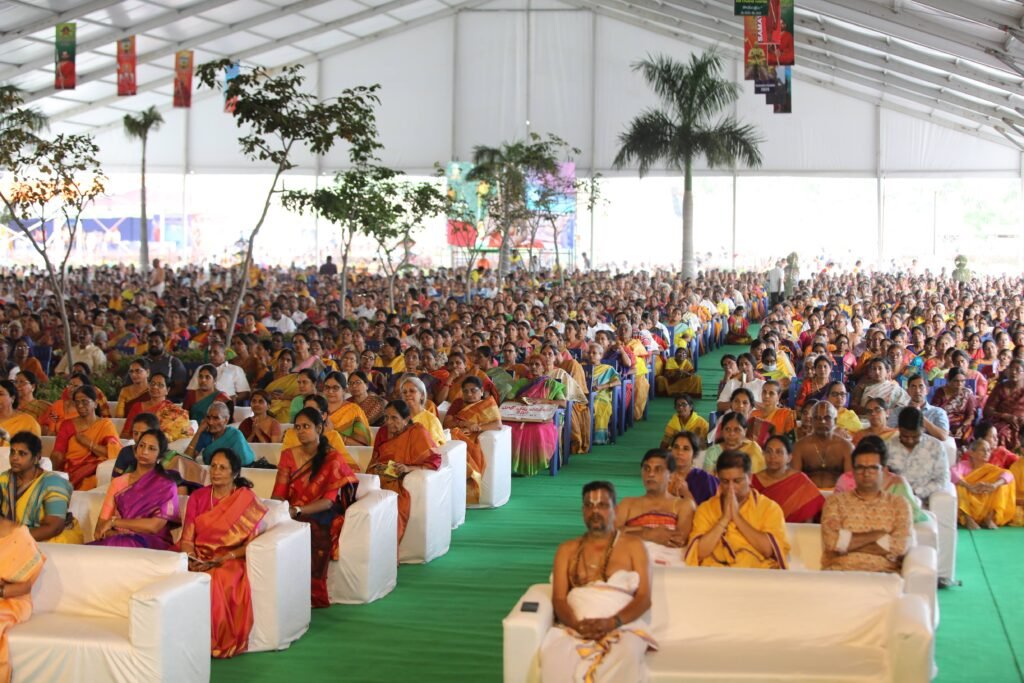
Sri Ramanujacharya, who lived from 1017 to 1137 CE, is renowned for his efforts to eliminate social inequalities and promote equality before God. Traveling across India, he advocated for a society where all individuals, regardless of caste, religion, or background, were treated equally. His progressive vision resonated with Dr. B.R. Ambedkar, who praised Ramanujacharya’s reforms in his 1927 publication “Bahishkrit Bharat.”
In his speech, HH Chinna Jeeyar Swamiji highlighted the relevance of Ramanujacharya’s teachings, which are still vital in today’s world. “When society faces a need, it is our duty to offer our services, share knowledge, and contribute physically. This truth, imparted to us a thousand years ago, remains as relevant today. The festival we celebrate honors Sri Ramanujacharya, who embodied this principle of social unity,” Swamiji stated.
The Samatha Yathra marks the third annual celebration of the Statue of Equality and will conclude at the Statue of Equality in Muchintal. The procession is expected to reach the Statue of Equality by 4:30-5 PM. In the coming days, from February 10-13, educational sessions focusing on knowledge and social equality will be held every afternoon with students from nearby colleges. These sessions aim to inspire and empower the next generation to promote social equality and justice.
The Samatha Kumbh 2025 Mahotsav, running from February 9 to February 19, invites everyone to join in these meaningful celebrations. The event is an opportunity to reflect on the values of equality and social justice that were championed by Sri Ramanujacharya and Dr. B.R. Ambedkar and to carry these ideals forward for the betterment of society.
The Statue of Equality, a 216-foot-tall monument of Sri Ramanujacharya, is a symbol of equality and inclusiveness. It is a reminder of the sacrifices made by Sri Ramanujacharya in his quest for a more equal society. The statue serves as a beacon of hope for those who are marginalized and oppressed, inspiring them to fight for their rights and dignity.
















